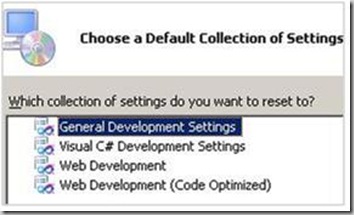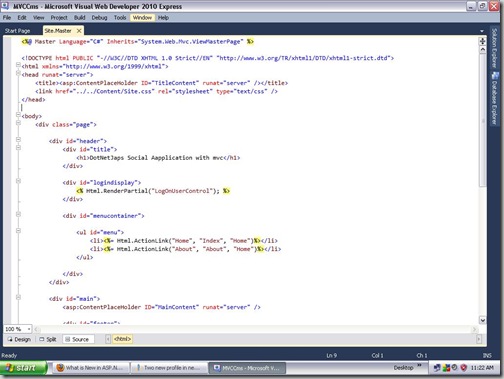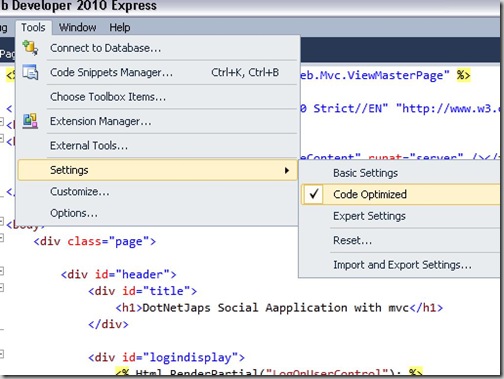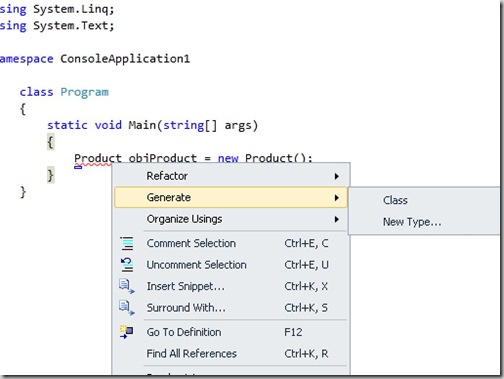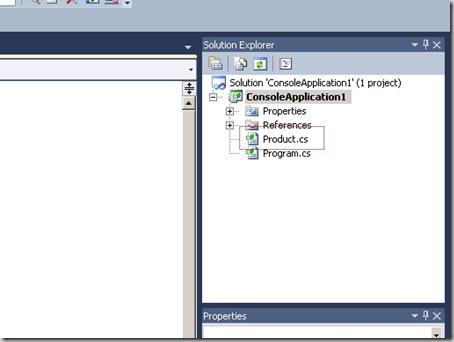ASP.NET is a great platform to develop any web applications. From ASP.NET 1.1 we are having one feature called View State which store the data in hidden field during page post back. Any Serializable data can be stored in View State. It’s scope is limited to page post backs.View state is great if you use it wisely otherwise it may create problem with performance page. I have seen that there were some page which contains lots of view state. It will increase your Kilo bytes of page and increase page rendering time.
In ASP.NET 4.0 we have more control over maintaining view state for page let’s see how we can manage View State more efficiently in asp.net 4.0. In the earlier version of asp.net we have View State optional that means we can turn View State view EnableViewState property. If we made it true then it will enabled other wise it will be disabled for that page. All controls that are derived from control class will have EnableViewstate property. Now in earlier version of ASP.NET this property will be ignored for the child controls. For example if you enabled this property for page and now you have three textboxes on page then that textbox’s value will be stored in View State regardless of textbox’s EnableViewState Property is true or not.
But with ASP.NET 4.0 things are different with respect to above scenario. Now we have one more property called ViewStateMode Property. This property help us greatly in managing View State. It has there values Enabled,Disabled,Inherit. With this property you can enable View State of control even if View State is disabled. So now we will have facility to turn off the View State of parent controls like page and then we can decide which control will have View State enabled.
In ASP.NET 4.0 ViewStateMode property will accept following values.
- Enabled- This will enable View State for particular control and also for any child control which have ‘Inherit’ value for this property or nothing set for this property.
- Disabled- This will disable View State for that particular control.
- Inherit- This will specify that control will use the parent control ViewStateMode property.
Hope this will help you understanding View State Management in ASP.NET 4.0.


